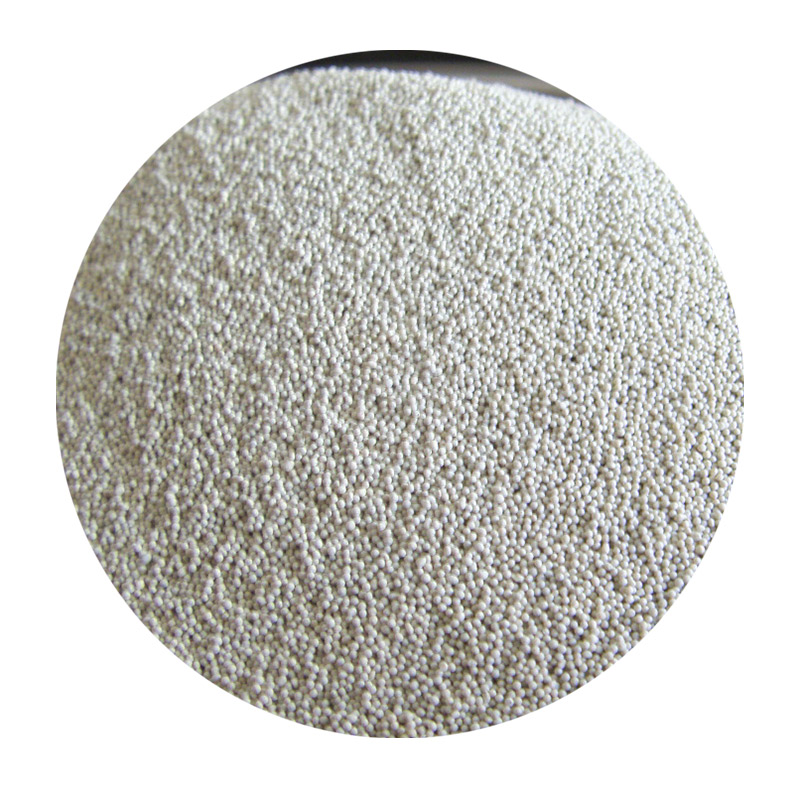Materials Used in Sand Casting
Sand casting is one of the oldest and most widely used metal casting techniques. It involves creating a mold from a mixture of sand and a bonding agent, which can then be used to shape molten metal into a desired form. The materials used in sand casting play a crucial role in determining the quality and precision of the final product. In this article, we will explore the key materials involved in the sand casting process.
1. Sand The Primary Medium
The primary material for sand casting is, unsurprisingly, sand. The most commonly used type of sand is silica sand, which is chosen for its high melting point and thermal stability. Silica sand is usually mixed with a bonding agent, often clay, which helps bind the grains together to form a sturdy mold. The composition of sand can vary depending on the application, with options such as olivine sand and zircon sand being favored for their specific properties, like lower thermal expansion and reduced chemical reactivity.
Bonding agents are crucial for the creation of a stable mold. Clay is the most traditional binder in sand casting, particularly in green sand molds. Green sand consists of moist sand and clay, which can easily be shaped and reused. Other binders, such as resin-coated sands, offer additional strength and heat resistance, working effectively for more complex shapes and higher production runs. Each type of binder has its advantages and is chosen based on the specific casting requirements.
materials used in sand casting

3. Metal Alloys
Once the mold is prepared, the next crucial material in the sand casting process is the metal alloy to be cast. Common metals used include aluminum, zinc, iron, and bronze. Each alloy offers unique properties in terms of strength, weight, corrosion resistance, and melting point. The choice of metal often depends on the intended application of the final product and its mechanical requirements.
4. Additives and Coatings
Additives and coatings are also essential in sand casting. These materials can enhance mold properties and improve the surface finish of castings. For instance, mold coatings prevent metal from adhering to the sand, thereby ensuring a smoother finish and easier mold release. Additionally, they can help to minimize defects such as casting roughness or thermal cracks.
Conclusion
In summary, the materials used in sand casting are integral to the efficacy of the process and the quality of the final products. From the choice of sand and binding agents to the alloy selection and the use of coatings, each component plays a significant role in successful casting operations. Understanding these materials not only helps in optimizing the sand casting process but also in producing high-quality castings that meet the demands of various industries.
Post time:ก.ย. . 25, 2024 23:35
Next:super sand g2
